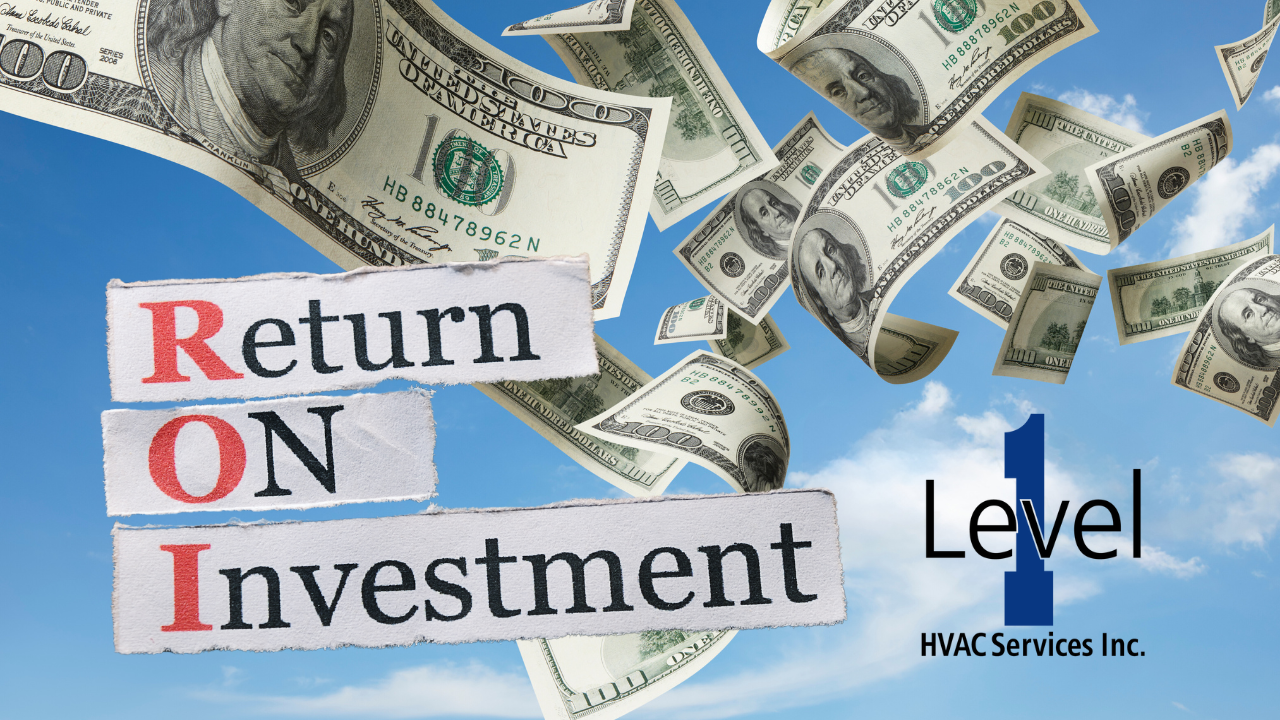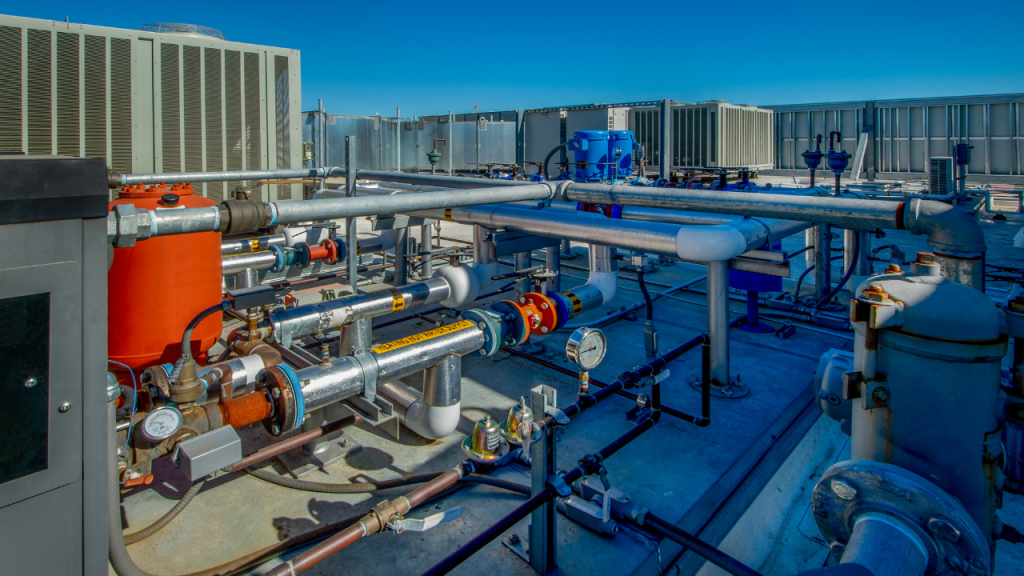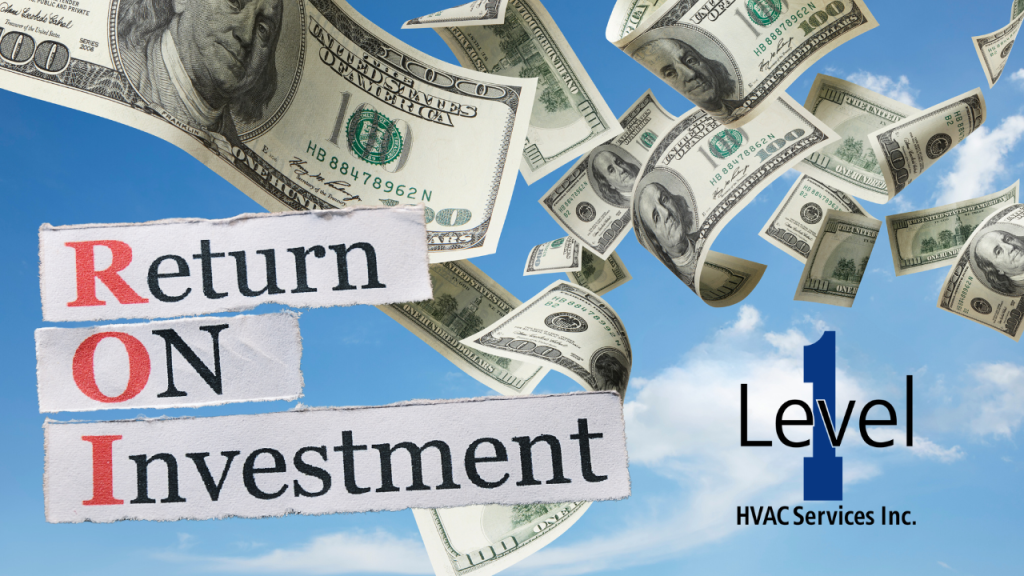The Economics of HVAC: Calculating ROI

The Economics of HVAC: Calculating ROI
Heating, Ventilation, and Air Conditioning (HVAC) systems are crucial for maintaining comfort in commercial spaces, but their economic impact goes beyond just ensuring a pleasant environment. For businesses, understanding the economics of HVAC is essential for making informed decisions about their operation and upgrades. This blog will explore how to calculate ROI for HVAC systems in commercial spaces, highlighting key considerations and strategies to maximize financial benefits.
1. Understanding HVAC ROI
ROI for HVAC systems in commercial spaces refers to the financial benefits gained from investing in and maintaining these systems compared to their costs. It’s a measure of how effectively the investment generates savings and value over time. The ROI calculation helps businesses determine if the expense associated with installing, upgrading, or operating an HVAC system is justified by the benefits it provides.
2. Key Factors Influencing HVAC ROI
To accurately calculate ROI, consider the following factors:
- Initial Investment: This includes the cost of purchasing the HVAC system, installation expenses, and any associated infrastructure changes. Modern, energy-efficient systems often come with a higher upfront cost but can lead to significant long-term savings.
- Energy Efficiency: Energy-efficient HVAC systems consume less power to provide the same level of comfort. Assessing the energy efficiency of a system involves looking at its Seasonal Energy Efficiency Ratio (SEER) or Energy Efficiency Ratio (EER) ratings. Higher efficiency typically translates to lower operating costs.
- Operational Costs: These include energy bills, maintenance, and repair costs. Efficient systems can reduce energy consumption and maintenance needs, impacting the overall operational expenses.
- Longevity and Reliability: The lifespan of an HVAC system affects ROI. More durable systems may cost more initially but can offer better returns by reducing the frequency of replacements and repairs.
- Tax Incentives and Rebates: Many governments offer tax credits, rebates, or incentives for installing energy-efficient HVAC systems. These financial benefits can reduce the effective cost of the system and improve ROI.

3. Calculating HVAC ROI
Here’s a step-by-step guide to calculating ROI for HVAC systems in commercial spaces:
- Determine the Total Cost:
- Initial Investment: Add up the cost of the HVAC system, installation, and any necessary infrastructure changes.
- Annual Operational Costs: Estimate the yearly costs for energy consumption, maintenance, and repairs.
- Estimate Savings:
- Energy Savings: Compare the expected energy consumption of the new HVAC system with the old one. Calculate the difference in energy costs using current utility rates.
- Maintenance Savings: Consider potential reductions in maintenance and repair costs with a more reliable system.
- Calculate Payback Period:
- Payback Period = (Total Initial Investment) / (Annual Savings) This tells you how long it will take to recoup the initial investment through savings.
- Evaluate Long-Term Benefits:
- Total Savings: Multiply annual savings by the expected lifespan of the system to estimate total savings over its lifetime.
- ROI = [(Total Savings – Total Initial Investment) / Total Initial Investment] x 100 This percentage gives you a clear picture of the return on your investment.
4. Additional Considerations
- Comfort and Productivity: While harder to quantify, improved comfort can enhance employee productivity and reduce turnover. Consider these non-monetary benefits when evaluating ROI.
- Building Value: An efficient, well-maintained HVAC system can increase the value of your property, potentially leading to higher rental income or resale value.
- Environmental Impact: Reducing energy consumption not only lowers costs but also minimizes your environmental footprint. Many businesses today prioritize sustainability, which can enhance your brand’s reputation and appeal to eco-conscious clients.
5. Making Informed Decisions
When evaluating HVAC investments, it’s essential to perform a thorough cost-benefit analysis. Work with HVAC professionals to get accurate estimates and projections tailored to your specific commercial space. Additionally, consider conducting an energy audit to identify potential efficiency improvements and verify savings claims.
In summary, calculating ROI for HVAC systems in commercial spaces involves analyzing initial costs, operational expenses, energy savings, and the system’s overall impact on business operations. By understanding and applying these principles, businesses can make strategic decisions that enhance comfort, reduce costs, and support long-term financial health.

Level One HVAC is a commercial/ industrial mechanical contractor, specializing in the installation, maintenance and repair of all types of HVAC/R equipment. Our company is fully licensed, insured and certified in all phases of mechanical installation, design and service.
New Hudson #248-486-6500
West Branch #989-999-4822
- 100% Satisfaction Guarantee
- Licensed, Insured, and Certified
- 24/7, 365 Service
- High Performance Service Agreements
